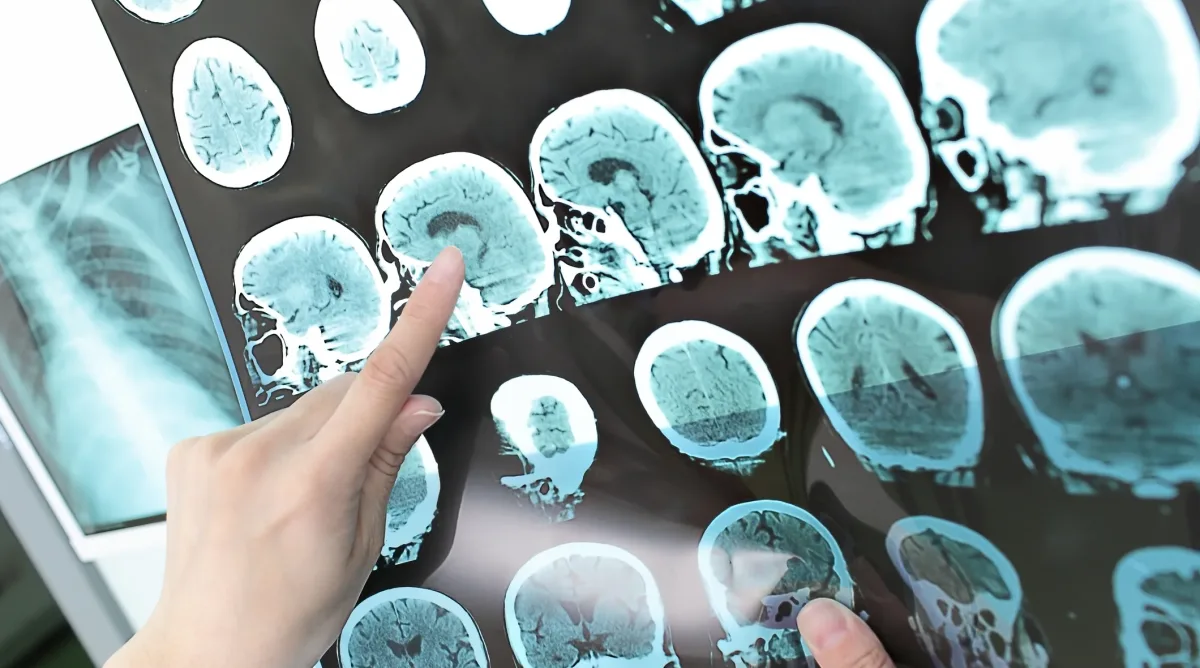Imagine a future where machines help detect diseases earlier than ever, where clinicians are no longer burdened with fragmented systems, and where AI not only supports diagnoses but predicts illness before symptoms arise. For GE Healthcare, this vision is fast becoming reality.
At the heart of this transformation is data interoperability. Despite impressive advances in AI and diagnostics, hospitals continue to operate with disconnected systems.
For Lehel Ferenczi, Managing Director and Senior Director Data and Analytics at GE Healthcare, this remains one of the biggest obstacles.
“Before we even talk about AI,” he says, “we need to make sure systems can talk to each other.”
Interoperability before innovation
While headlines focus on breakthrough algorithms, Ferenczi believes the future of healthcare starts with the basics: unifying hospital systems. He envisions a seamless ecosystem where patient information flows across departments, enabling real-time decisions and personalised care.
“From the moment a patient enters, their data should be traceable and accessible across every point of care,” he says. Without connected data, even the best AI tools can’t operate effectively.
AI that earns trust
GE’s AI journey began with pneumothorax detection—spotting lung issues in X-rays. One patient flagged by AI during a routine exam received life-saving intervention. Other solutions, like breast cancer detection tools, help radiologists manage vast image loads while reducing false positives.
GE also developed ultrasound guidance systems that support less experienced users by providing real-time feedback—turning complex imaging into a guided process.
But Ferenczi is clear: explainability is essential. “From 2026, no AI medical device will be allowed in the EU without it.” In one case, GE discovered an AI model was identifying image labels, not pathology—a lesson in the need for transparent, well-curated data.
Accelerated by collaboration
GE’s strategy rests on three pillars: smarter devices, data utilisation, and digital platforms. Modern devices collect better data; AI processes it; digital tools visualise and share it. Security remains central, with a push toward cloud solutions offering robust protection against emerging threats.
Partnership with EIT Health has powered multiple innovations. One project improved radiation therapy precision using MRI. Another developed smart ultrasound for obstetrics, aiding non-invasive detection of foetal anomalies. The heAI programme now trains clinicians in AI fundamentals across Europe.
“EIT Health accelerates progress by bringing together academia, industry, and clinicians,” says Ferenyi. “It makes innovation happen faster and more effectively.”
Listen to the full podcast:
Photo: Dreamstime.







